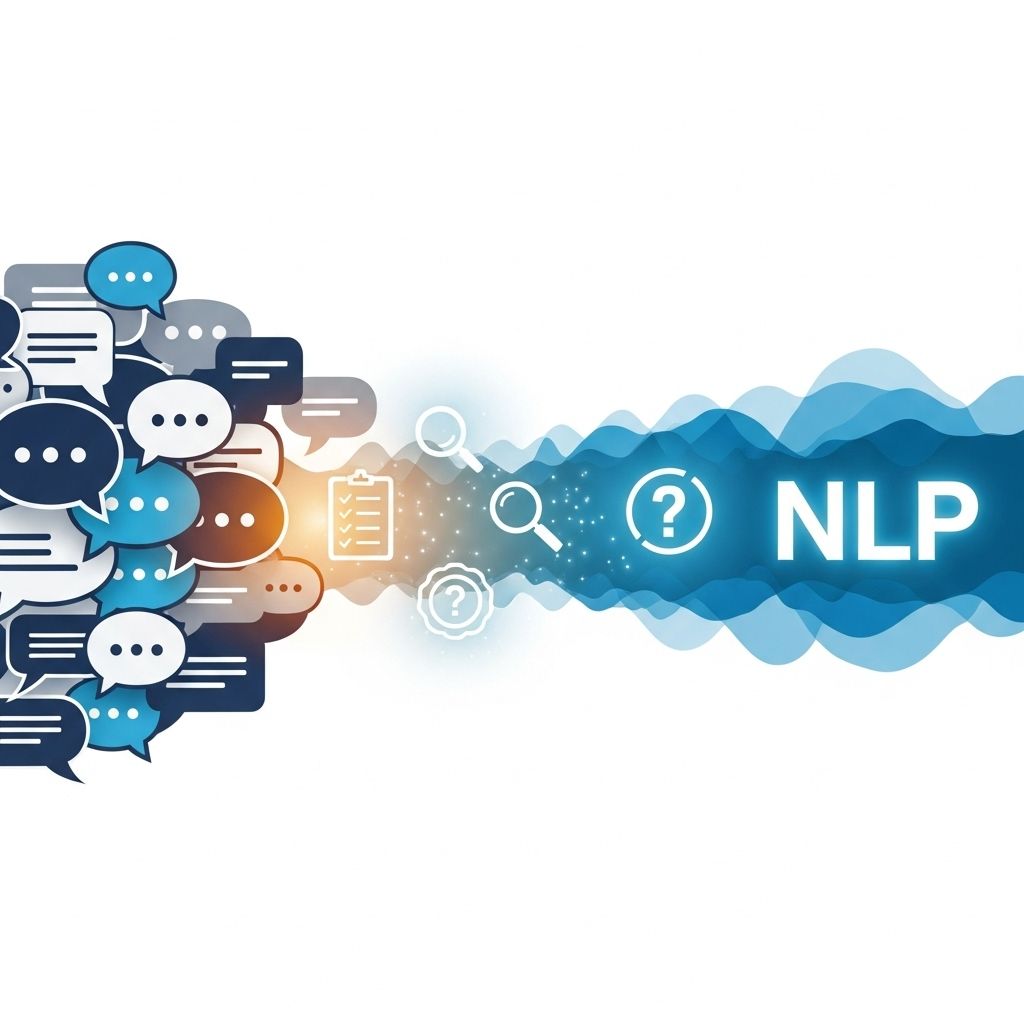AI Call Deflection: Revolutionizing Customer Service
Discover how AI call deflection is transforming customer service by enhancing efficiency and improving customer satisfaction in this insightful article.

As customer expectations continue to evolve, businesses are constantly seeking innovative solutions to enhance their service delivery. Among these innovations, AI call deflection stands out as a transformative approach that not only improves efficiency but also elevates customer satisfaction. By intelligently redirecting customer inquiries away from traditional call centers, businesses can optimize their resources and provide timely support through alternative channels. This article delves into the nuances of AI call deflection, exploring its mechanisms, advantages, and future potential in the realm of customer service.
Table of Contents
Understanding AI Call Deflection
AI call deflection refers to the use of artificial intelligence technologies to redirect customer inquiries from phone calls to alternative support channels such as chatbots, self-service portals, or mobile applications. This strategy aims to reduce the volume of incoming calls to contact centers while ensuring that customer needs are met promptly and efficiently.
How AI Call Deflection Works
At its core, AI call deflection leverages advanced algorithms to analyze customer interactions and predict the most suitable channel for addressing their needs. Here are some key components involved in the process:
- Natural Language Processing (NLP): AI systems utilize NLP to understand and process customer inquiries, enabling them to identify common issues and direct customers accordingly.
- Data Analytics: By analyzing historical data, AI can recognize patterns in customer interactions, allowing it to anticipate which questions can be resolved without a direct call.
- Omni-channel Integration: AI call deflection systems are integrated across multiple channels, ensuring that customers can seamlessly transition between self-service options and live support if necessary.
The Benefits of AI Call Deflection
Integrating AI call deflection into a customer service strategy can yield numerous advantages for both businesses and customers. Here are some key benefits:
1. Enhanced Customer Experience
Providing customers with immediate access to information through self-service options improves their overall experience. When customers can bypass long wait times and receive quick answers, their satisfaction levels increase significantly.
2. Cost Efficiency
With AI handling routine inquiries, businesses can allocate resources more effectively. This leads to reduced operational costs and allows human agents to focus on complex issues that require personal attention.
3. Improved Agent Productivity
By deflecting simple inquiries, AI enables customer service agents to concentrate on more challenging problems. This not only boosts productivity but also enhances employee morale, as agents deal with more engaging tasks.
4. 24/7 Availability
AI-driven systems can operate around the clock, providing customers with access to support at any time. This is particularly beneficial for businesses with a global customer base, as it accommodates different time zones.
Implementing AI Call Deflection
For organizations looking to incorporate AI call deflection into their customer service framework, several strategic steps can be followed:
Step 1: Assess Customer Needs
Understanding the common issues faced by customers is vital. Conduct surveys or analyze customer interaction data to identify frequent inquiries that could be deflected.
Step 2: Choose the Right Technology
Selecting the appropriate AI tools is critical. Consider platforms that offer robust NLP capabilities, data analytics, and omni-channel support. Popular options include:
| Platform | Features | Pricing |
|---|---|---|
| Zendesk | AI chatbots, analytics, multi-channel support | Starts at $19/month |
| LivePerson | Conversational AI, integration tools, automation | Custom pricing |
| Dialogflow | Natural language processing, voice recognition | Free tier available |
Step 3: Train the AI System
Training the AI involves feeding it data from previous interactions. This helps the system learn to recognize patterns and respond accordingly. Continuous learning is essential for improving accuracy over time.
Step 4: Monitor and Optimize
After implementation, tracking the system’s performance is crucial. Gather feedback from customers and agents to identify areas for improvement. Use analytics to refine algorithms and enhance the deflection rates.
Challenges in AI Call Deflection
While there are numerous benefits, organizations must also be aware of potential challenges when implementing AI call deflection:
- Customer Resistance: Some customers prefer speaking to a live agent, and may resist using self-service options. Educating them on the benefits of AI can help mitigate this issue.
- Complex Inquiries: AI may struggle with complex or nuanced inquiries, which could lead to frustration. It’s essential to ensure that transition options to human agents are readily available.
- Data Privacy Concerns: Handling customer data responsibly is critical. Ensure compliance with data protection regulations to maintain customer trust.
The Future of Customer Service with AI Call Deflection
The future of customer service is undoubtedly intertwined with advancements in AI call deflection. As technology continues to evolve, we can expect several trends to shape this landscape:
1. Increased Personalization
AI will enable more personalized interactions by analyzing customer data to tailor responses and recommendations based on individual preferences.
2. Integration with Emerging Technologies
As new technologies emerge, such as augmented reality and virtual assistants, AI call deflection will likely integrate with these platforms to provide immersive support experiences.
3. Enhanced Predictive Capabilities
Continued advancements in machine learning will improve AI’s predictive capabilities, allowing businesses to anticipate customer needs even before they arise.
Conclusion
AI call deflection presents a significant opportunity for businesses to enhance their customer service operations while meeting the heightened expectations of today’s consumers. By effectively redirecting inquiries through intelligent systems, organizations can improve efficiency, reduce costs, and ultimately foster better relationships with their customers. As technology continues to advance, embracing AI in customer service will become increasingly essential for companies aiming to thrive in a competitive landscape.
FAQ
What is AI call deflection and how does it work?
AI call deflection is a technology that uses artificial intelligence to redirect customer inquiries from traditional voice calls to alternative support channels like chatbots, email, or self-service options. This helps reduce call volume and improve response times.
What are the benefits of using AI call deflection in customer service?
The benefits of AI call deflection include reduced wait times for customers, lower operational costs for businesses, improved customer satisfaction, and the ability to handle a higher volume of inquiries efficiently.
How can AI call deflection improve customer experience?
AI call deflection enhances customer experience by providing quicker resolutions through self-service options, personalized interactions, and 24/7 support availability, allowing customers to get help whenever they need it.
Is AI call deflection suitable for all types of businesses?
While AI call deflection can benefit many businesses, it is particularly effective for those with high call volumes or repetitive inquiries. It may not be suitable for businesses requiring complex, personalized human interactions.
What technologies are used in AI call deflection?
AI call deflection utilizes various technologies including natural language processing (NLP), machine learning, chatbots, and automated response systems to analyze customer inquiries and provide appropriate responses or redirects.
How can I implement AI call deflection in my customer service strategy?
To implement AI call deflection, start by assessing your customer inquiry patterns, choose the right AI tools, train the system on common queries, and continuously optimize the process based on customer feedback and performance metrics.

